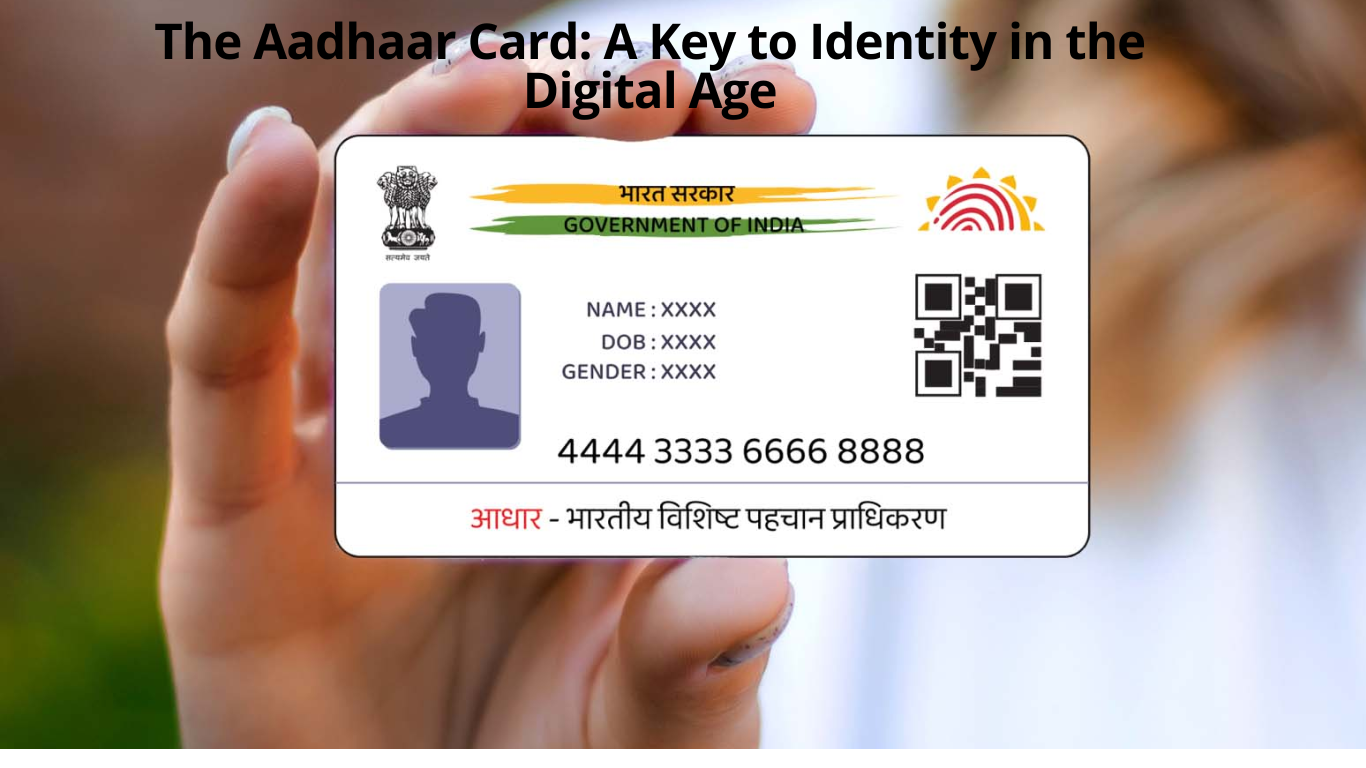In an era where digital identity is becoming increasingly significant, the Aadhaar Card stands out as a pivotal tool in India’s landscape. Launched in 2009, the Aadhaar initiative aimed to provide every resident of India with a unique identification number linked to biometric and demographic data. Over the years, it has evolved into much more than just a government-issued ID; it has become a symbol of empowerment, efficiency, and inclusion.
With its widespread adoption, the Aadhaar Card has streamlined various processes, from accessing government subsidies and services to opening bank accounts and securing SIM cards. Its multifaceted utility has transformed the way transactions are conducted, making them more secure, transparent, and convenient.
One of the key strengths of the Aadhaar Card lies in its biometric authentication system, which ensures a high level of accuracy in verifying identities. This feature has revolutionized the way authentication is done, significantly reducing the risks associated with identity theft and fraud.
Whether it’s authenticating for a financial transaction or verifying one’s identity for welfare schemes, the Aadhaar Card has emerged as a reliable mechanism, fostering trust and integrity in digital interactions.
Moreover, the Aadhaar Card has played a pivotal role in promoting financial inclusion. By linking bank accounts to Aadhaar numbers, the government has facilitated direct benefit transfers, ensuring that subsidies and welfare payments reach the intended beneficiaries without leakage or corruption. This has not only streamlined the delivery of social services but has also empowered millions of individuals by providing them with access to formal financial services.
However, the Aadhaar initiative has not been without its controversies and challenges. Concerns have been raised regarding privacy and data security, with critics arguing that the centralization of biometric information poses risks to individual privacy and autonomy. Additionally, there have been instances of data breaches and misuse, highlighting the need for robust safeguards and regulatory oversight.
Despite these challenges, the Aadhaar Card continues to evolve, adapting to the changing needs of society. Recent initiatives such as the Aadhaar-enabled Payment System (AePS) and Aadhaar-based e-KYC (Know Your Customer) have further expanded its scope and utility, paving the way for a more inclusive and digitally empowered India.
Conclusion
Aadhaar Card represents a significant milestone in India’s journey towards a digital future. Its role in enhancing efficiency, transparency, and inclusion cannot be overstated. While there are challenges to address, the Aadhaar initiative has demonstrated the transformative power of technology in driving socio-economic progress. As we navigate the complexities of the digital age, the Aadhaar Card stands as a beacon of innovation, symbolizing the potential for technology to empower individuals and transform societies.
FAQs
What is Aadhaar Card?
Answer: It’s a unique ID issued by the Indian government with biometric and demographic data.
How to get Aadhaar Card?
Answer: Visit an Aadhaar Enrolment Centre with ID and address proofs to apply. What are its benefits?
Answer: Access to subsidies, services, and proof of identity and address. Is Aadhaar mandatory?
Answer: While voluntary, it’s crucial for accessing services and benefits. How secure is Aadhaar data?
Answer: Protected by encryption and biometric security, but privacy concerns persist.



